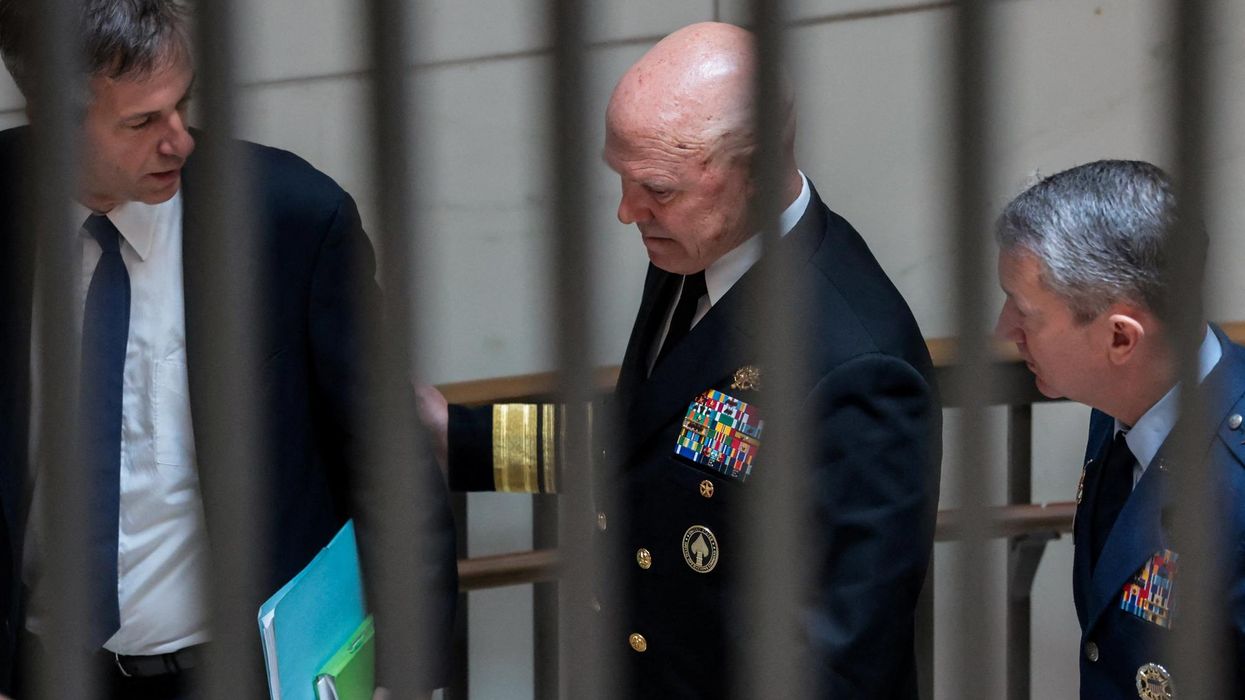Some international conflicts are best understood by stepping back from the immediate issues they involve and looking at how the conflict fits into the broader sweep of history. The confrontation in Syria between Russia and Turkey is one such conflict. The lessons for other countries go beyond current concerns about control of territory in northwest Syria.
Those concerns are understandable and significant, as the long war in Syria has come to focus on the Assad regime’s reduction of the remaining opposition resistance in Idlib province. For Russia, the fighting in Idlib is a test of whether its longtime Syrian ally can restore control over its entire territory. For Turkey, the fighting has multiple implications, including its effect on the flow of refugees into and through Turkey. But all this is only the latest turn in a much longer imperial struggle between these two powers.
Turkey and Russia have cooperated with each other in recent years, and they both have good reasons to avoid a complete break. Their cooperation, however, probably has reached its limit. Their recently negotiated cease-fire is only a pause in a longer struggle.
The eastern Mediterranean has been for millennia the scene of conflict among empires, including Assyrians, Greeks under Alexander the Great, and Romans. Post-Mohammed Arabs made conquests in the southern portion of the region, but the Roman Empire survived, in its later identity as the Byzantine Empire, into the 15th century.
Both Turks and Russians have made claims to being successors to that empire and continuing the imperial succession into the modern era. Ottoman Turks extinguished the Byzantine Empire with their conquest of Constantinople in 1453, just 39 years before Columbus’s first voyage to the new world. Russia has traditionally portrayed itself as the “third Rome” carrying the flag of Christianity that had been carried with the help of imperial power by Rome itself and by Constantinople.
The imperial visions go well beyond symbolism and religion. A longstanding objective of the largely ice-bound Russian Empire was control of warm-water ports. Today that port is the Russian naval facility at Tartus, Syria, which is Russia’s only such facility outside the former Soviet Union and the only place in the Mediterranean where its navy can conduct repair and replenishment. The modern Turkey of President Recep Tayyip Erdogan has echoed the imperialism of the Ottomans in some of its dealings with the Arab nations to its south. It did so most notably in recent months by reaching a maritime boundary agreement with one of two contending regimes in Libya — where Russia backs the other contender — conveniently ignoring other countries, including Greece and Egypt, having claims to resources in the eastern Mediterranean.
Other outsiders have intervened in the Syrian war, of course, but not as would-be imperial powers. Arab states are divided and slowly reconciling with the Assad regime. Israel is the weightiest military power in the region and throws that weight around, but its narrow religiously-based self-identity and focus on wielding power over the Palestinians preclude it from becoming the center of a new empire. Iran had its own imperial history centuries ago, but despite that history and the paranoid rhetoric from some U.S. policy circles about supposed Iranian hegemony, a weakened Iran is clinging to Syria as its only reliable and longstanding Arab ally.
The Syrian war can be fit into several historical pictures, including pictures of the Arab awakening that began a decade ago and of sectarian conflicts within the Islamic world. But surely another such picture is that of the long contest between Russian and Turkish empires. That contest has entailed a dozen wars from the 16th century through World War I. It is no accident that the current focus of the war in Syria has a largely Russia-vs.-Turkey character.
For an outsider such as the United States, there is no clear good versus bad in such a contest between empires. Turkey is citing its NATO membership as a reason for Western powers to take its side — and is playing hardball with the Europeans in manipulating the flow of refugees — but the mess in Syria is a good example of a situation to which NATO, created to deter Soviet aggression against Western Europe, is poorly suited. Turkey has been not just defending its own territory but also taking offensive action in Syria for other reasons.
Imperial thinking in the United States is the wrong way to approach the Syrian conflict. Especially mistaken is the notion of imperialism on the cheap, as in arguments one still hears that “with just a few hundred soldiers and some help to our allies, the lives of millions can be spared from Assad’s cruel rule.” When other empires have been going at it much longer and harder in that part of the world, a few hundred soldiers won’t accomplish much beyond becoming collateral damage in someone else’s imperial struggle.
















